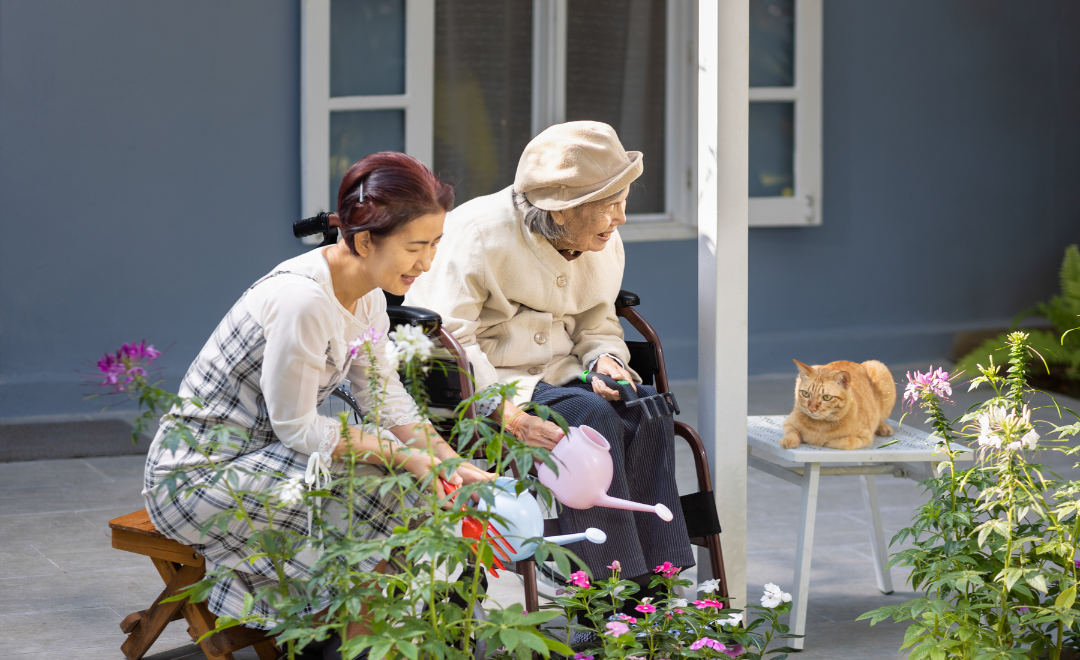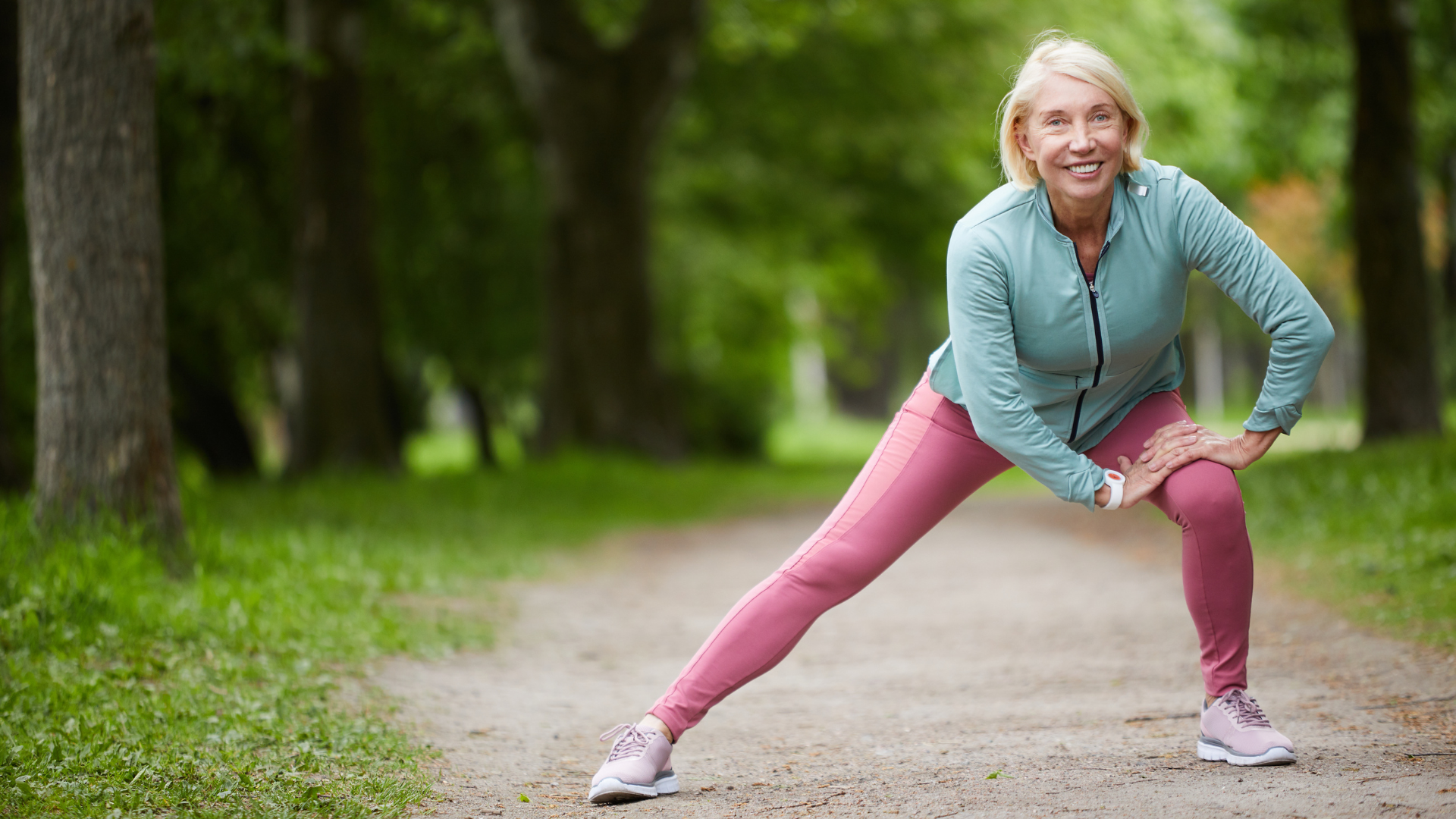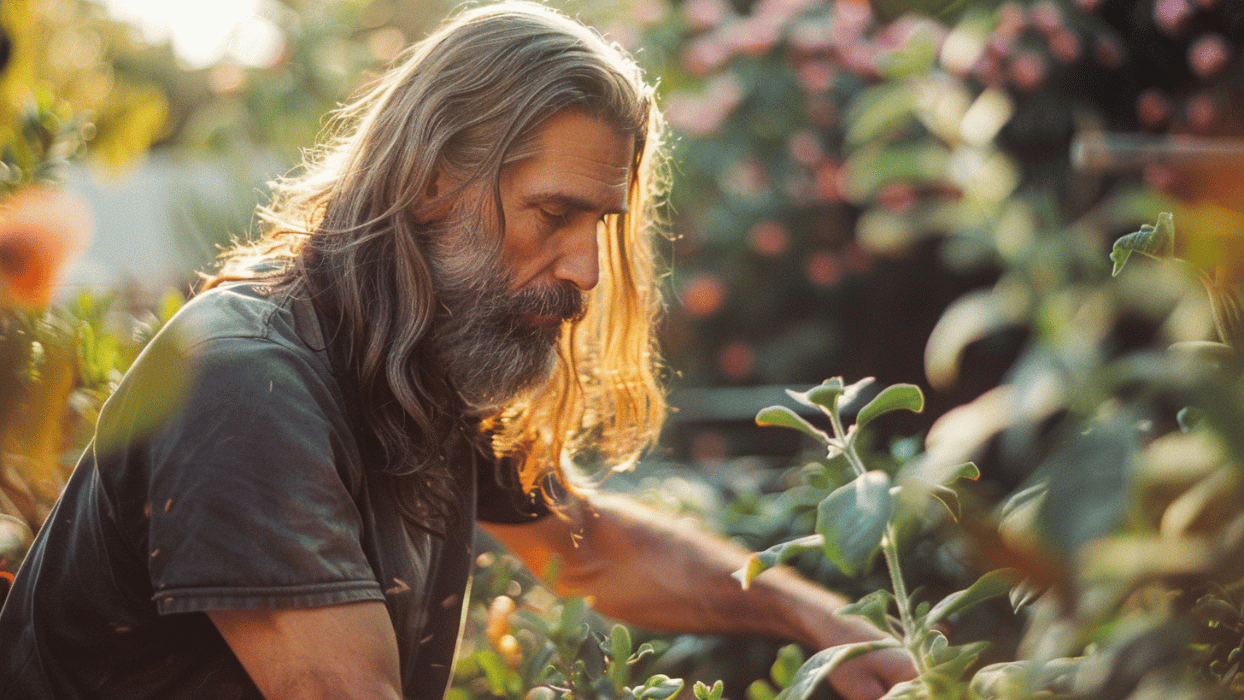Key Takeaways:
- Seafood dinners are a great way to support healthy aging.
- Seafood is full of omega-3 fatty acids, which help reduce the risk of heart disease, lower inflammation in the body and can even protect against cancer cells.
- Try some of our recipes, or get creative with your own!
eafood is rich in omega-3 fatty acids, which have been shown to lower your risk of heart disease, Alzheimer's disease, and other cognitive diseases. Plus it's easy to cook!
Here are some delicious seafood recipes that will get you excited about eating healthy.

Roasted Salmon with Smoky Chickpeas & Greens
This roasted salmon with smoky chickpeas and greens is a perfect example of how you can use seafood to support healthy aging.
Salmon is one of the best sources of omega-3 fatty acids, which are good for maintaining a healthy brain and nervous system. These fatty acids can also help reduce inflammation in your body and improve blood flow, lowering your risk for heart disease.
Chickpeas are rich in nutrients like iron, magnesium, and zinc—all of which are essential to supporting healthy immune function and energy production. They're also high in fiber, which helps control blood sugar levels by slowing down digestion so that you feel full longer.
Greens like spinach contain antioxidants that protect against cell damage caused by free radicals; they also have vitamin C and folate (a type of B vitamin).
Let's dive into the recipe:
Ingredients:
- 2 tablespoons extra-virgin olive oil, divided
- 1 tablespoon smoked paprika
- ½ teaspoon salt, divided, plus a pinch
- 1 (15 ounce) can no-salt-added chickpeas, rinsed
- ⅓ cup buttermilk
- ¼ cup mayonnaise
- ¼ cup chopped fresh chives and/or dill, plus more for garnish
- ½ teaspoon ground pepper, divided
- ¼ teaspoon garlic powder
- 10 cups chopped kale
- ¼ cup water
- 1 ¼ pounds wild salmon, cut into 4 portions
Instructions:
- Position racks in upper third and middle of oven; preheat to 425 degrees F.
- Combine 1 tablespoon oil, paprika and 1/4 teaspoon salt in a medium bowl. Very thoroughly pat chickpeas dry, then toss with the paprika mixture. Spread on a rimmed baking sheet. Bake the chickpeas on the upper rack, stirring twice, for 30 minutes.
- Meanwhile, puree buttermilk, mayonnaise, herbs, 1/4 teaspoon pepper and garlic powder in a blender until smooth. Set aside.
- Heat the remaining 1 tablespoon oil in a large skillet over medium heat. Add kale and cook, stirring occasionally, for 2 minutes. Add water and continue cooking until the kale is tender, about 5 minutes more. Remove from heat and stir in a pinch of salt.
- Remove the chickpeas from the oven and push them to one side of the pan. Place salmon on the other side and season with the remaining 1/4 teaspoon each salt and pepper. Bake until the salmon is just cooked through, 5 to 8 minutes.
- Drizzle the reserved dressing on the salmon, garnish with more herbs, if desired, and serve with the kale and chickpeas (Source: Eating Well).
.webp)
Easy Spicy Salmon Cakes
The age-old question of how to make salmon taste better is answered with these spicy salmon cakes.
Salmon is a great source of omega-3 fatty acids and protein, but sometimes it can get boring. That's why we like to add spice to our salmon dishes. The spice powder in this recipe gives your dish a little kick, while the cilantro adds some freshness. You'll be surprised at how much even just a tablespoon or two can brighten up the flavor of your entire dish!
Ingredients:
- 1 1/2 cups flaked cooked salmon
- 2 eggs, lightly beaten
- ¼ cup finely chopped red onion
- ¼ cup chopped fresh cilantro
- 1 tablespoon chile-garlic sauce
- 1 tablespoon low-sodium soy sauce
- 1 teaspoon Chinese five-spice powder
- 1 cup panko breadcrumbs
- ¼ cup canola oil
Instructions:
- Combine salmon, eggs, onion, cilantro, chile-garlic sauce, soy sauce, and five-spice powder in a large bowl. Fold in breadcrumbs. Form into four 3-inch-wide patties.
- Heat oil in a medium nonstick skillet over medium-high heat. Add the salmon cakes and cook, turning once, until browned on both sides, 4 to 6 minutes total (Source: Eating Well).

Shrimp Cauliflower Fried Rice
Shrimp Cauliflower Fried Rice is a great way to get the benefits of seafood in an easy dish. It's also great for those looking for a low-carb alternative! The shrimp are high in protein and potassium, while cauliflower is a good source of fiber and vitamin C.
Ingredients:
- ¼ cup sesame oil, divided
- 2 large eggs, lightly beaten
- 3 cups riced cauliflower (see Tip)
- 1 pound large shrimp (31-35 count), peeled and deveined
- 3 cups broccoli florets
- 1 medium red bell pepper, thinly sliced (about 1 cup)
- 3 cloves garlic, sliced
- 3 tablespoons reduced-sodium soy sauce or tamari
- 2 tablespoons water
- 1 tablespoon rice vinegar
- ½ teaspoon ground pepper
Instructions:
- Heat 2 teaspoons oil in a large flat-bottomed carbon-steel wok or large, heavy skillet over high heat. Add eggs and cook, without stirring, until fully cooked on one side, about 30 seconds. Flip and cook until just cooked through, about 15 seconds. Transfer to a cutting board and cut into 1/2-inch pieces.
- Add 2 teaspoons oil to the pan; heat over high heat. Add cauliflower in an even layer; cook, undisturbed, until lightly browned, 3 to 4 minutes. Transfer to a plate.
- Add 2 teaspoons oil to the pan; heat over high heat. Add shrimp; cook, stirring often, until just opaque, about 3 minutes. Transfer to the plate with the cauliflower.
- Add the remaining 2 tablespoons oil to the pan; heat over high heat. Add broccoli, bell pepper and garlic; cook, stirring occasionally, until lightly charred, 4 to 5 minutes. Stir in soy sauce (or tamari), water, vinegar and pepper. Bring to a boil; boil for 30 seconds. Remove from the heat. Stir in the reserved eggs, cauliflower and shrimp (Source: Eating Well).
Seafood dinners are a great way to support healthy aging.
As it turns out, seafood has many health benefits. Seafood is full of omega-3 fatty acids, which are good for your heart and help reduce the risk of heart disease. Omega-3s also lower inflammation in the body and can even protect against cancer cells.
One way to get more omega-3s into your diet is by choosing fish like salmon or tuna over chicken or beef. These fish are rich in omega-3s but low in saturated fat, which means they won’t increase your risk for heart disease like other meats might do.
If you’re looking for ways to incorporate more seafood into your diet this year—and stay on track with healthier eating goals—try some of our recipes, or get creative with your own!






.gif)
.gif)







.png)
